
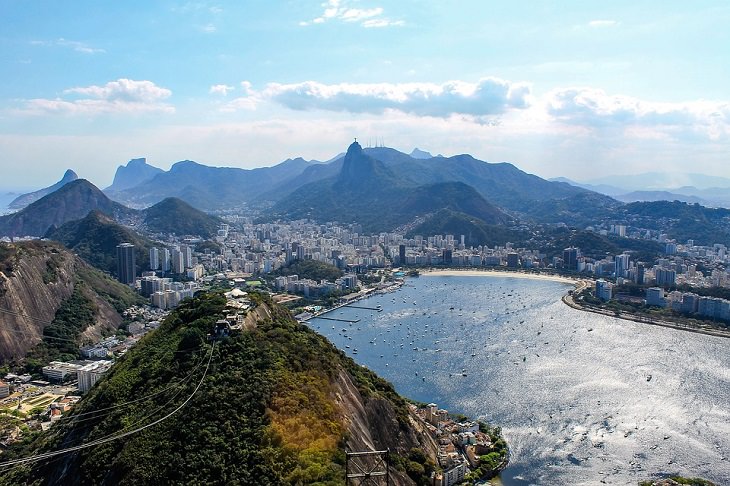
Lapa is situated in the heart of Rio de Janeiro and is colloquially known as "the center." While it was once the city's red light district, today it's a vibrant hub of nightlife. People flock to the area's numerous samba and suru bars, where live music spills out into the streets on weekend nights. The neighborhood's architecture dates back to the 1800s, lending a unique charm to the area's many celebrations. It's the perfect spot to catch up with friends, try local cuisine, belt out some karaoke, and sip on a caipirinha - Brazil's famous national cocktail made with sugar cane sugar, cachaça, and lime. Additionally, the famous Escadaria Celeron stairs, known for their vibrant colors, can be found in Lapa, connecting it to the neighboring Santa Teresa.
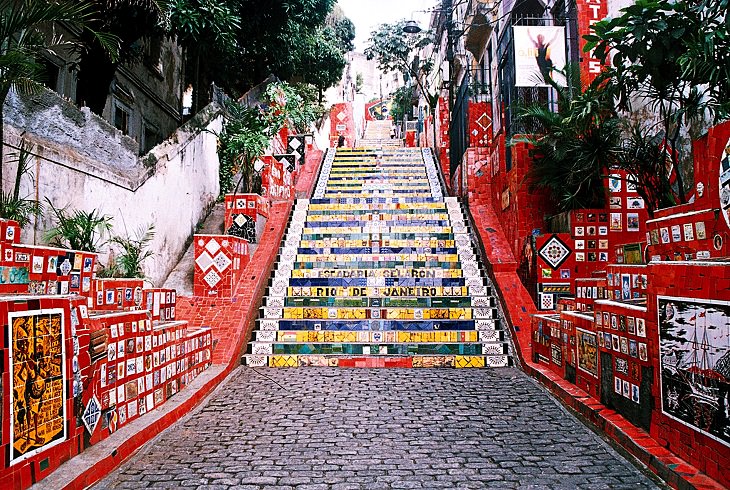
The beach stands out as the longest and most magnificent in Rio de Janeiro is the Barra de Tijuca beach. This beach is not a favorite among tourists, but rather locals who prefer it over the other beaches in the city. They argue that the water and the beach are cleaner than the famous Ipanema and Copacabana beaches. The Barra de Tijuca beach is in the newest area of Rio, which was developed only 30 years ago. Situated next to the beach strip is the massive Barra Mall, which boasts over 700 shops and restaurants. This area has become known as a youthful place where affluent individuals choose to reside.
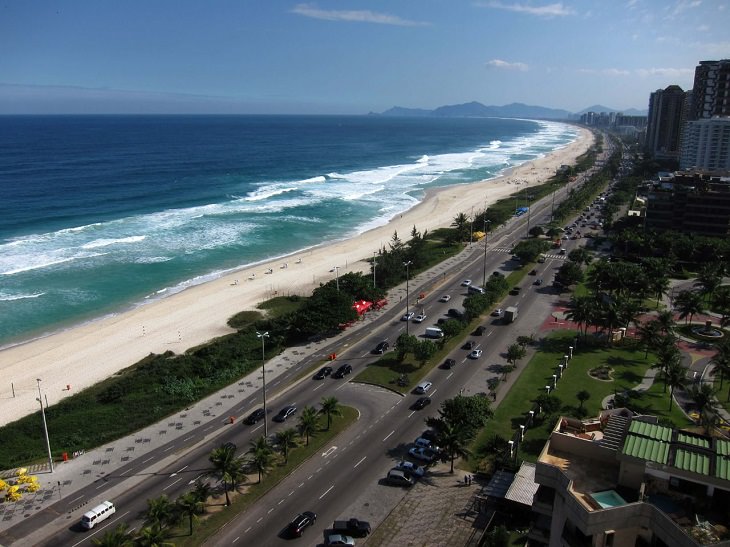
The Carioca Aqueduct, constructed in the 18th century, was built to provide clean drinking water to the residents of Rio de Janeiro from the Carioca River. The Amma section of the aqueduct is characterized by two floors of large arches that have remained in place even after its closure in the 19th century. In 1896, the upper part of the arches was converted to carry an electric train that connected the city center to Santa Teresa. Although the tram faced a temporary closure due to an accident in 2011, it still operates today in a limited capacity. The arches are now a popular spot for locals, especially at night, when tourists, musicians, dancers, and vendors gather in the area.
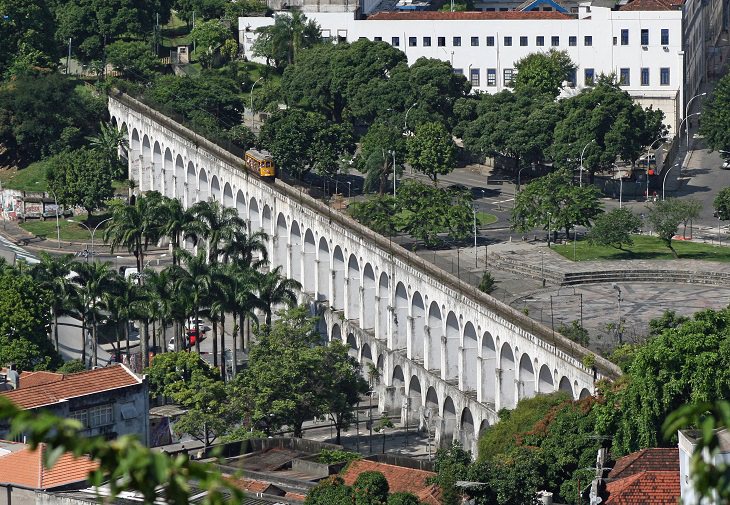
The Municipal Opera House is situated in the heart of Rio de Janeiro and serves as the city's primary opera house. Constructed in the early 1900s, it boasts a magnificent neoclassical architecture that is evident in the opulent gilded mirrors, marble columns, and green onyx stone staircases. The locals deem it as the most stunning building in the country, taking inspiration from Charles Garnier's opera house in Paris. It's highly recommended to watch a theater, ballet or orchestra performance by acquiring tickets in advance. However, if you're unable to do so, guided tours of the venue are also available.

If you're searching for a serene and calm beach near Rio de Janeiro, look no further than Perina Beach. The beach is surrounded by lush jungle-covered hills in the shape of a half-moon, providing visitors with a tranquility that is hard to come by on busy beaches like Ipanema and Copacabana, particularly on weekends. You can expect crystal-clear water, pristine sand, and excellent waves for surfing, making it a popular spot for surfers in the area. However, be cautious while swimming as it can be hazardous. There is also a small open-air restaurant that offers a spectacular view of the beach and scattered kiosks where you can purchase souvenirs, drinks, and food.
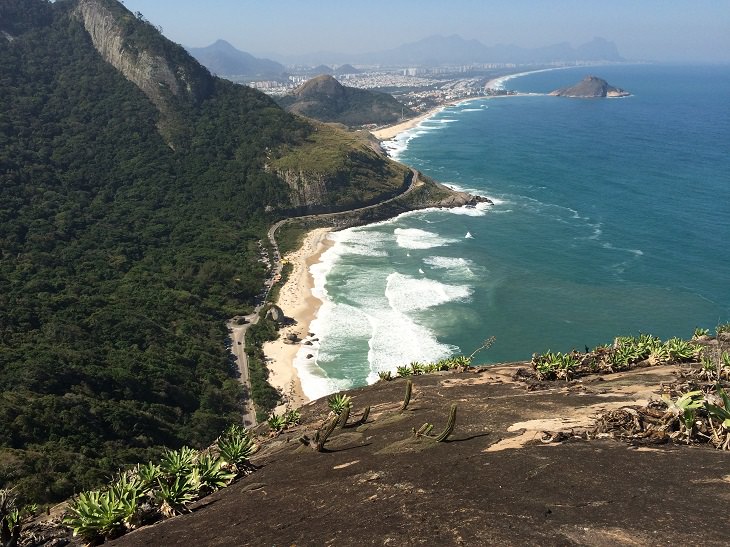
Lage Park is a stunning public park situated at the base of Corcovado Mountain. It is encompassed by lush rainforests and offers a serene atmosphere filled with hiking trails, gardens, and a small aquarium. Visitors can also witness the striking palazzo of Gabriella Besanzoni, a renowned Italian opera singer, and her husband Enrique Lage. The palazzo is now a mansion house and art school where artists showcase their exhibitions free of cost. Additionally, the palace has a cafe where you can sit and enjoy the remarkable view of the Christ the Redeemer statue in the distance. The park entrance is free, and you can access the statue by following a moderate yet challenging walking path.

The Lagoa area situated in the wealthy Zona Sul region is renowned for its upscale status and is known as the third most expensive neighborhood in South America. The neighborhood boasts a picturesque lake called Lake Rodrigo de Freitas, encompassed by a 4 km track that is highly popular among local joggers and bikers. There are several cafes and diverse restaurants around the lake, offering stunning views of the lagoon and the beaches.
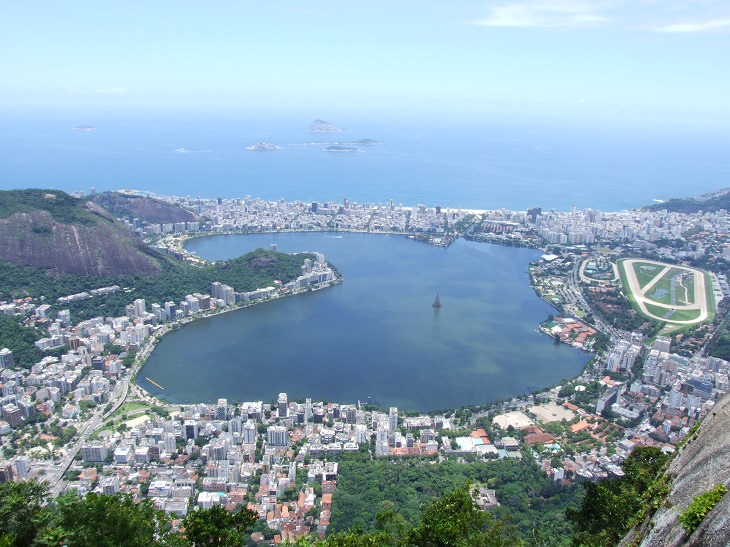
The Ipanema neighborhood boasts of a beautiful canopy that has gained worldwide recognition due to the song "The Girl from Ipanema," which was composed and performed by Antonio Carlos Jobim and Vinicius de Moraes in the 1960s. It is a popular tourist destination in Rio de Janeiro and is consistently ranked among the best beaches globally. The beach has vast stretches of white sand and is flanked by well-organized shops, cafes, restaurants, art galleries, theaters, and clubs. It is situated in the esteemed Zona Sul area, between the Copacabana and Leblon beaches. The beach is divided into sections by "lifeguard arbors," and visitors can enjoy games such as football, volleyball, and "futevôlei" - a popular Brazilian sport that is a combination of football and volleyball. Additionally, liquor is readily available for purchase, and visitors can join in circles of people playing games and having fun.

Maracana Stadium is a well-known landmark in Rio de Janeiro. It has been a hub for sports enthusiasts and fans for decades, having hosted some of the most iconic football matches in history. The stadium is located in the heart of the city and has a capacity of over 78,000 spectators, and its grandeur and rich history attract visitors from all over the world. Whether you're a sports fan or not, Maracana Stadium is definitely worth a visit if you're in Rio de Janeiro.
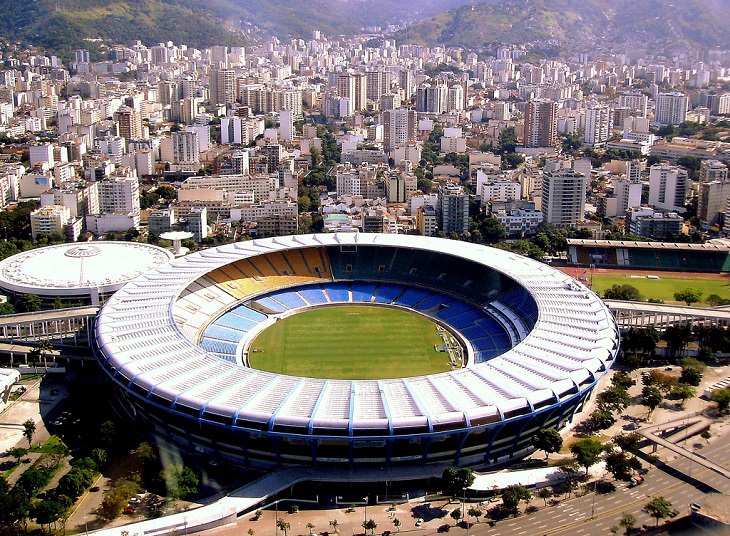


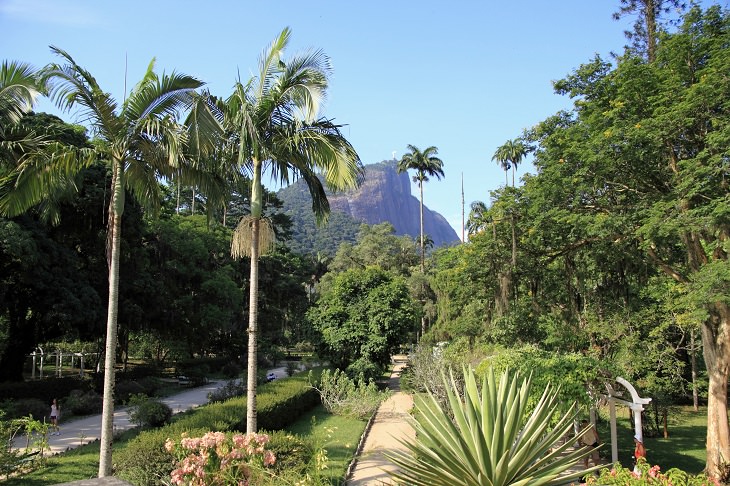

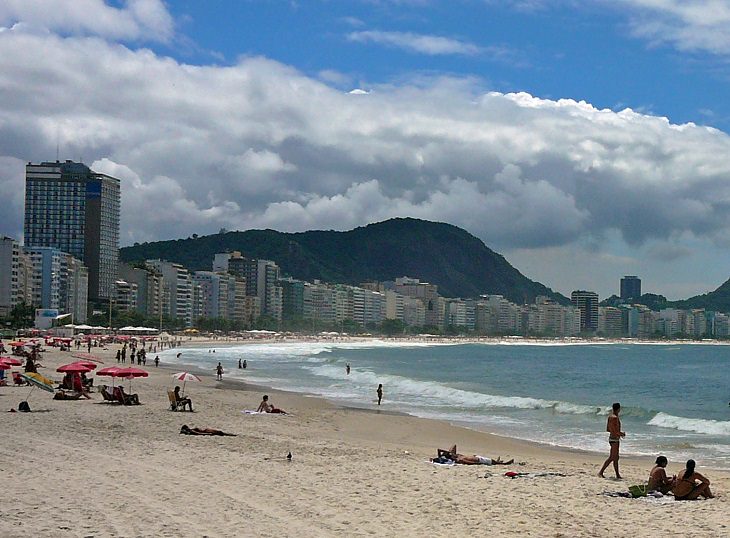
Photo sources: Halleypo, Elvis Boaventura, TMbux, Christof, Alan Franco, Dkoukoul, Arthur Boppré, paulsmithrj, Adelano Lázaro, chensiyuan, Halley Pacheco de Oliveira, Rejane Dominguez, Mariordo, Cycling Man